27 Parts of a Camera – Get To Know Where They Are & Their Functions
Rent film gear from local filmmakers.

Rent film gear from local filmmakers.
Have you been looking at a camera or just acquired one but have no idea what the different parts of a camera do?
Fear not because we're here to help you learn!
This article will learn everything you need to know about the different camera parts and their purpose.
Are you looking for a camera yourself but don't want to spend all your savings? At Wedio, you can rent or subscribe to the best cameras.
27 basic parts of a camera and their functions
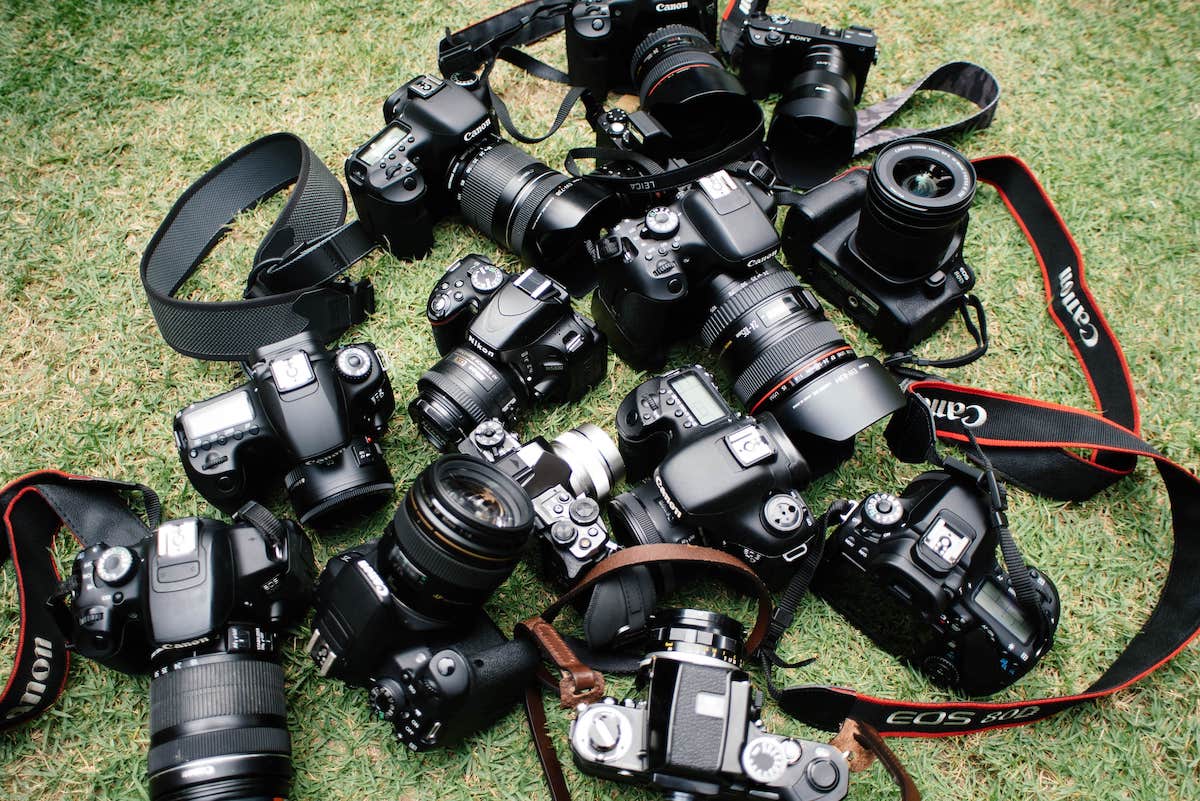
1. Lens mount index
The lens mount index is a mark located on the lens mount, which helps you attach a lens to the camera's body.
2. Mode dial
The mode dial is located on the top of your camera. It is a small cogwheel used to switch between the different camera modes.
3. Flash button
The flash button is located on the top of your camera. It allows you to set off your flash as well as the intensity. It's only there if your camera has a built-in flash.
4. Lens release button
The lens release button is used to detach the lens. It's located on the front of the camera, near the lens mount.
5. Grip
The grip is typically located on the right side, designed to make it more comfortable to hold the camera.
6. Contacts
Contacts, or signal contacts, are small metal parts used to communicate between the camera and the lens in terms of autofocus.
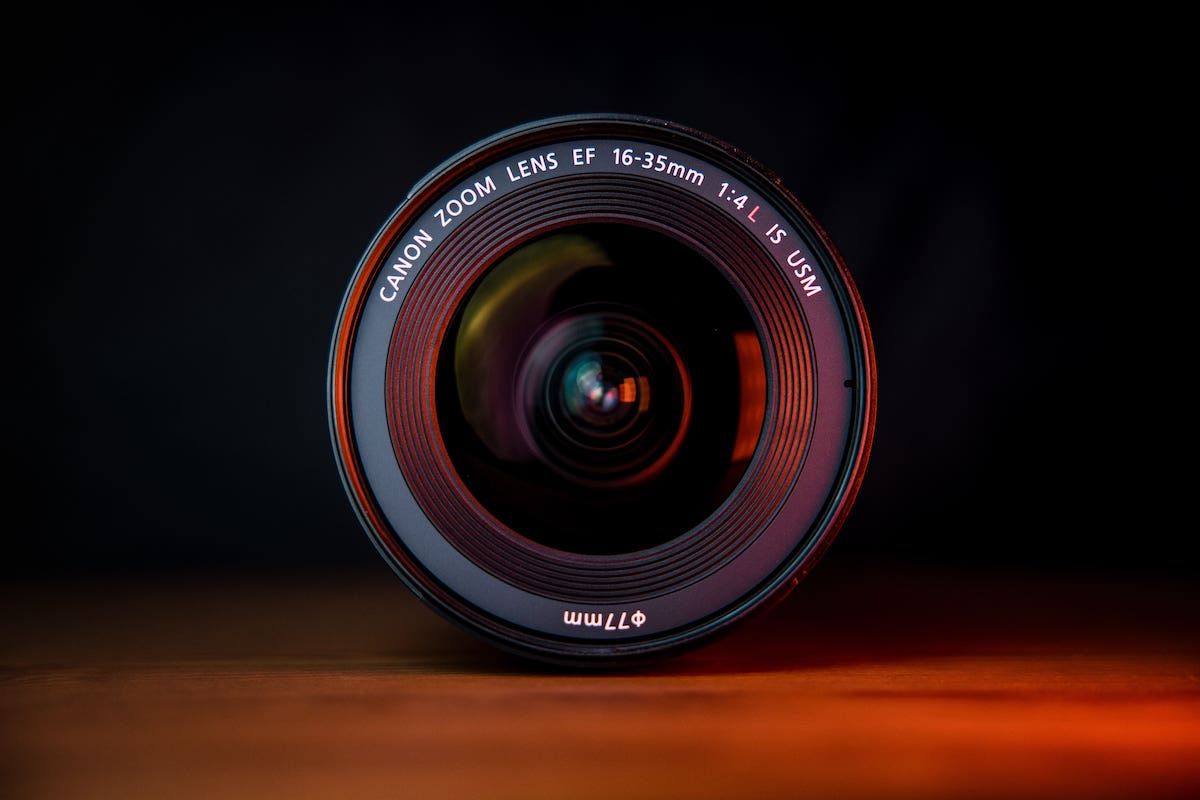
7. Lens mount
The lens mount is a camera part that allows the attachment of a lens to a camera body. Each camera manufacturer usually standardizes it. So lenses fit with all their various cameras.
8. Red-eye reduction
Red-eye reduction is a flash feature you can find in your camera. It fires the flash twice to reduce the occurrence of red eyes in photos.
9. Remote control sensor
A remote control sensor is a device used to control the camera remotely. You can use it to trigger your shutter remotely.
10. Main dial
The main dial is another cogwheel located on the front of the camera, which will help you adjust your aperture, shutter speed, ISO, etc.
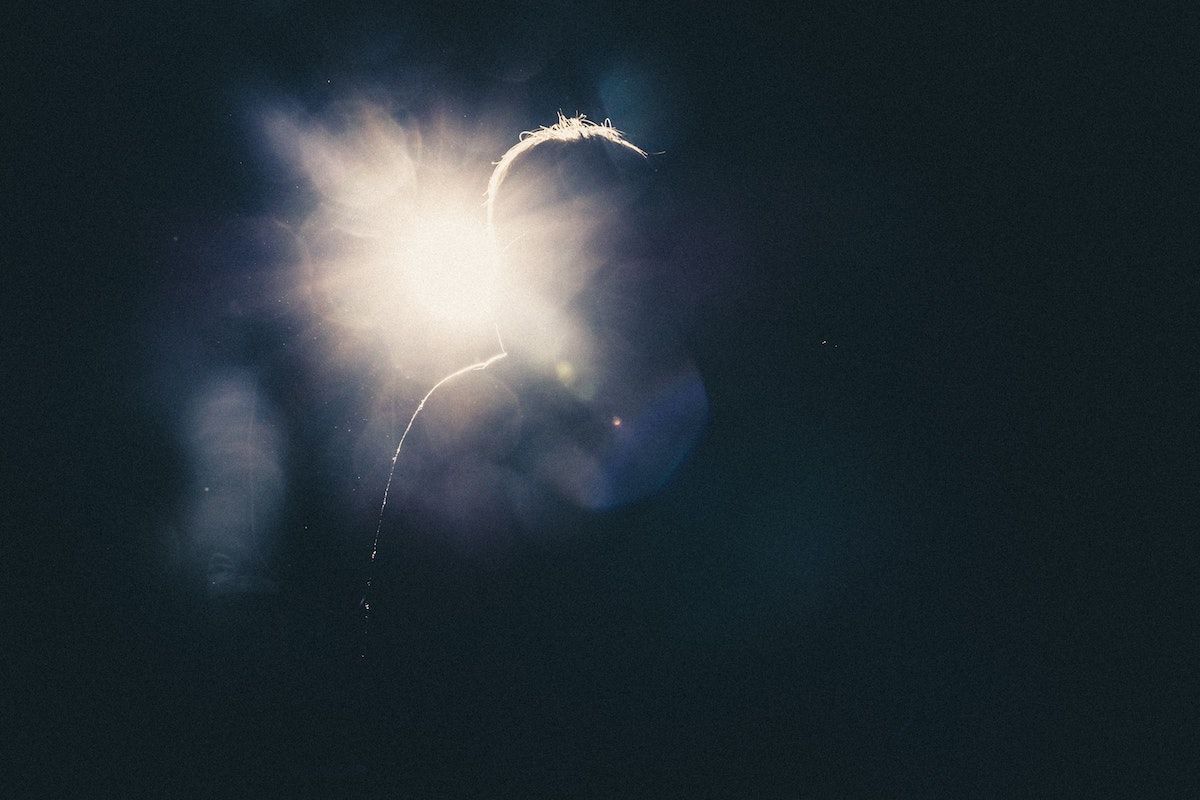
11. Flash-sync contacts and hot shoe
The hot shoe is a metal bracket used to attach accessories to your camera. It is used primarily for flash-sync contacts or other flash devices.
12. Viewfinder
Your viewfinder is located on the top of your camera. It acts as a window through which you're seeing what the camera is seeing.
The viewfinder can either be optical or electronic, depending on if it's mirrorless or DSLR.
13. Built-in flash
The built-in flash is on the top side of your camera, and it pops up whenever you enable the flash in your settings.
14. Reflex and Relay mirror
The Reflex and Relay mirrors are included in SLR and DSLR cameras and are used to connect the lens to the optical viewfinder.
15. Camera lens
A camera lens is an attachable part of the camera that allows you to take pictures. Usually, the lenses are classified as prime lenses or zoom lenses.
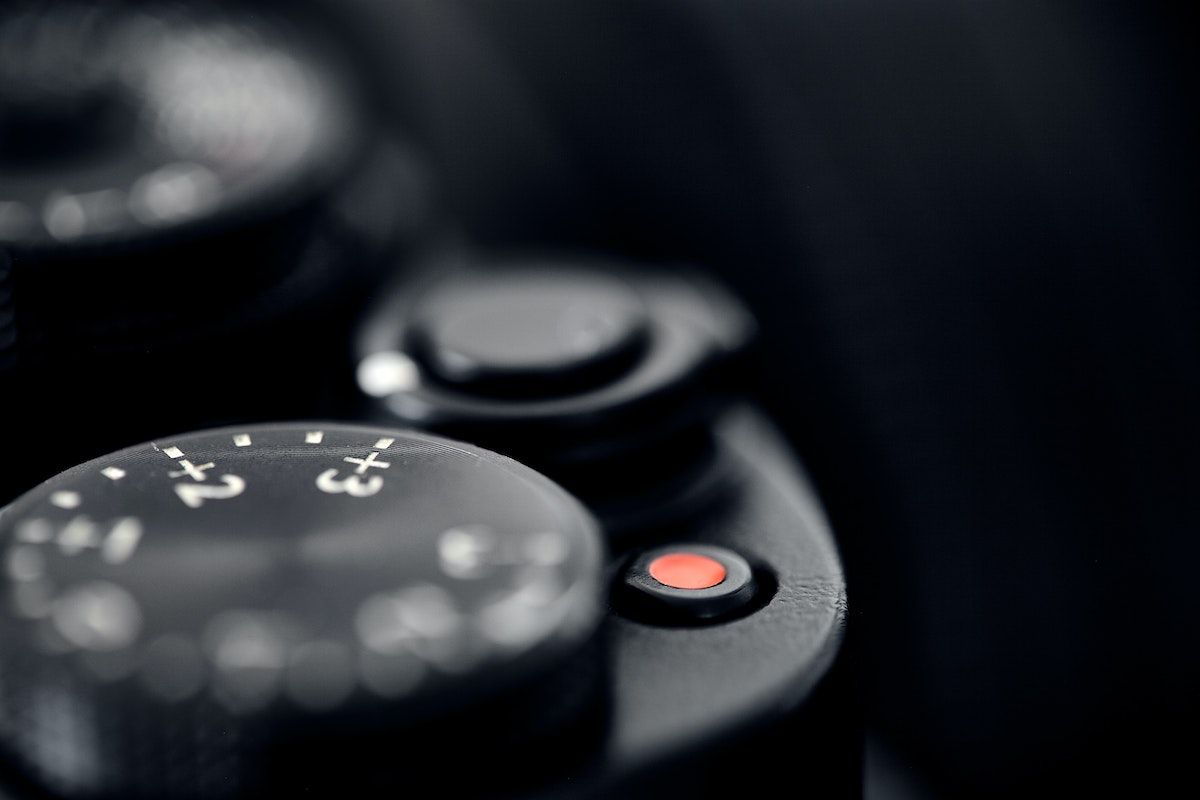
16. Shutter button
The shutter button is probably the most crucial button on your camera.
The button located on top of the camera triggers the shutter to take a picture.
The button might vary in use from camera to camera as some can have functions that trigger different systems, but generally, it's as simple as pressing it to take a picture.
17. Focusing screen
The focusing screen is a glass surface where the camera's mirror projects the image to achieve focus.
You can use this to achieve different focuses depending on what you need.
18. Digital sensor
The previously mentioned shutter button activates the digital sensor. The digital sensor captures light from the lens to create an actual image.
Digital sensors vary in size, and there are different reasons for getting a specific size. An example could be when you're comparing the super 35 vs. full-frame sensors.
19. Display
On modern cameras, you typically find an LCD screen that can be controlled by a button or via a touchscreen.
The display is located on the back of the camera and allows you to check out your gallery or change various settings.
The display is where you change your ISO, shutter speed, aperture, and many other settings. The display is your information hub, where you can find everything you need to know.

20. Aperture
The aperture refers to the opening of your lens determining how much light is passed through it. It's also one of the three main settings that determine the exposure of your photos.
The aperture depends on your lens, and it can vary in how open it is. This variation will give you different results, so choose wisely!
21. Zoom elements
Zoom elements are also located on your lens and determine the lens's focal length. Essentially it is a way to zoom in and out, as you probably know from your smartphone camera.
You need to have a zoom lens to zoom, as a regular prime lens only comes with a fixed focal length.
22. Camera body
The camera body is the part that holds all the internal components. It is essentially the description of everything you see when you think of a camera outside the lens.
Be aware when buying used cameras if you're a first-time buyer! Because most professionals only sell the camera body, you'll still need a lens to take pictures.
23. Button interface
The button interface is all of the different buttons you find on the top and back of the body.
Each button has a specific purpose that you'll have to read about in the manual, but it's worth it!
Because if you know how to use each button, you will achieve fantastic results.
24. Communication ports
The ports are all of the different ports used to connect your camera to other devices. This could be an audio port, HDMI port, or USB port.
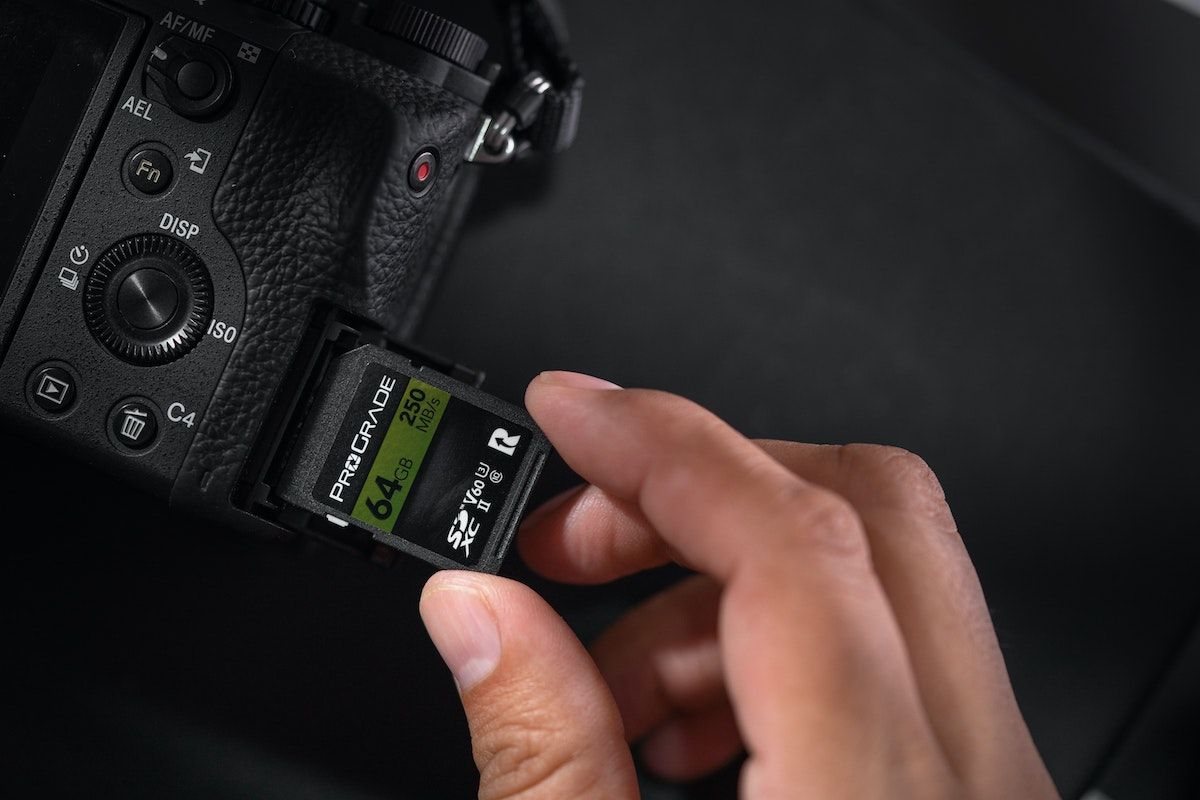
25. Memory card slot
The memory card slot can be located on the camera body in various places. It is the slot where you insert your memory card, which you'll need if you want to save your images.
When getting a memory card, be sure you get one with a good enough writing speed to handle large photo and video files.
26. Battery and battery compartment
The battery and battery components are located on different cameras, but typically on the bottom.
This is where you insert your battery or change it if it's used up and you need to shoot more. Be sure to bring plenty of batteries if you're doing longer shoots!
27. Tripod mount
The tripod mount is located on the bottom of your camera. It's a round metal component that looks like something you'd stick a screw in.
It's used to screw your camera fast on a tripod mount to help stabilize your camera when shooting.
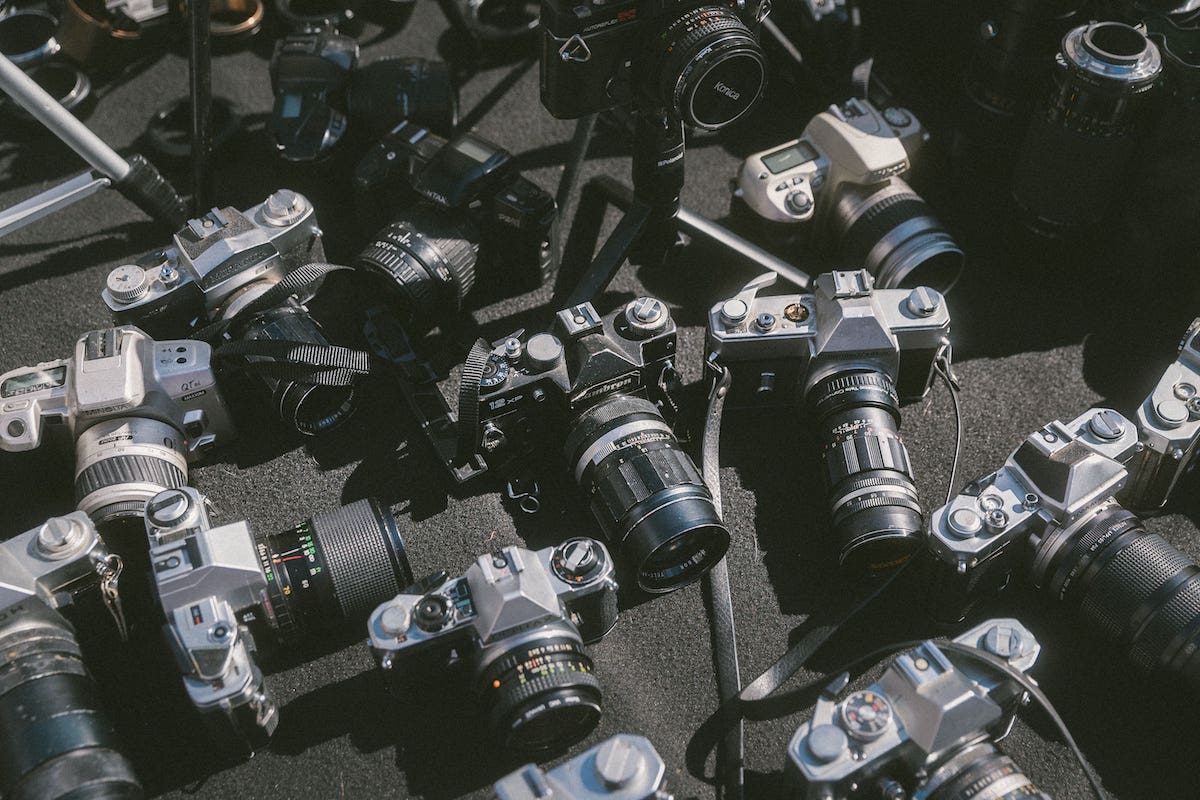
Explore essential camera equipment
I hope you enjoyed learning a bit more about the different parts of a camera.
A camera is a great asset in your gearbox, but far from the only one. Explore what else there is of essential camera equipment.
What are the 6 basic parts of a camera?
1. The camera body,
2. Aperture,
3. Lens,
4. Shutter Button,
5. Memory Card,
6. and Viewfinder.
What are the parts of a camera?
Lens mount index, Mode dial, Flash button, Lens release button, Contacts, Lens mount, Red eye reduction, Remote control sensor, Main dial, Flash-sync contacts and hot shoe, Viewfinder, Built-in flash, Reflex and relay mirror, Camera lens, Shutter button, Focusing screen, Digital sensor, Display, Aperture, Zoom elements, Camera body, Button interface, Communication ports, Memory card slot, Battery and battery compartment, Tripod mount, Grip.
What are the parts of a camera’s functions?
The main parts of a camera's functions are the camera body, lens, shutter button, and viewfinder.























